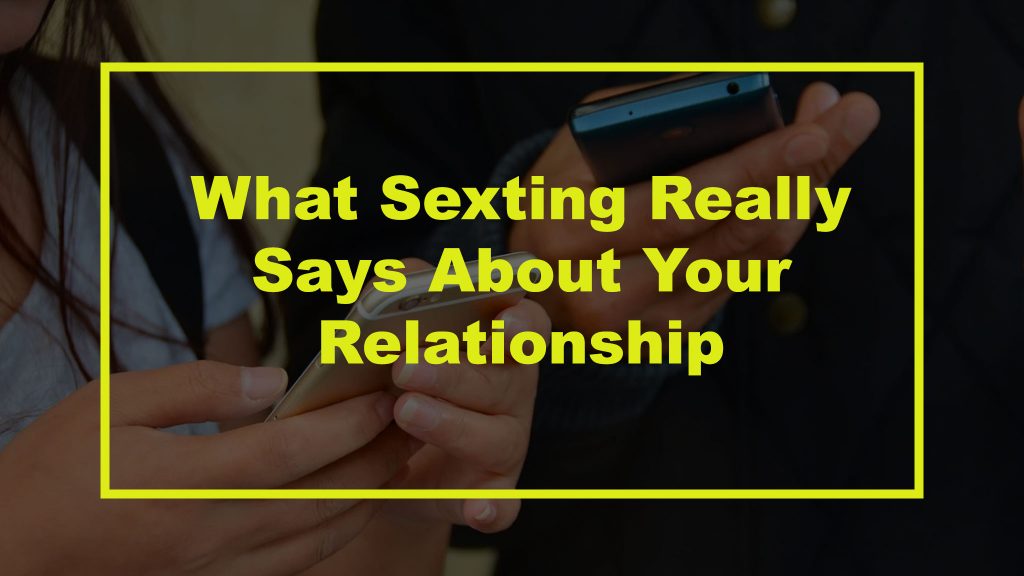In the digital era, smartphones have revolutionized how couples stay connected, even when physically apart. The advent of texting has provided a platform for expressing thoughts and emotions, giving rise to the popular practice of “sexting.” (See the definition here)
As couples increasingly rely on this form of communication, particularly during lockdown periods, it becomes crucial to understand the impact of sexting on relationships. Here are key insights that sexting can reveal about you and your partner.

Attachment Styles and Sexting
Did you know that sexting is closely intertwined with individuals’ attachment styles and perceptions of closeness in relationships? Attachment styles, formed in early childhood, shape how people approach and experience intimacy in adult relationships. Securely attached couples describe their bonds as built on trust, friendship, and happiness.
They have strong self-worth and believe in their partner’s availability and responsiveness. As a result, their sexting interactions often reflect a healthy balance of passion and emotional connection.
On the other hand, avoidant individuals fear intimacy, feeling uneasy when someone becomes too close. They tend to suppress their needs for closeness and independence, creating emotional distance in relationships.
For avoidant individuals, sexting can serve as a deactivating strategy to satisfy their sexual needs while maintaining emotional detachment from their partner. They may engage in sexting to keep their partner at arm’s length, avoiding the vulnerability that comes with true intimacy.
Research Findings
Studies exploring the relationship between sexting and attachment styles have shed light on the motivations behind individuals’ sexting behaviors. Research indicates that people with anxious or avoidant attachment styles tend to send sexually explicit messages and initiate sex through texting.
Anxious individuals use sexting to fulfill their emotional needs, seeking constant validation and reassurance. For them, sexting becomes a way to maintain a sense of closeness and security, even when physically apart from their partner.
On the other hand, avoidant individuals employ sexting as a means to meet their sexual needs without fully engaging in emotional intimacy. It gives them a level of control over the depth of their connection and allows them to keep their partner at a distance, reducing feelings of vulnerability.
Post You Might Like: Sext Messaging Laws You MUST Know
Sexting in Established Relationships
While sexting is prevalent among couples in established relationships, its frequency is lower than among younger adults. Research suggests that only 12% of individuals in established relationships engage in sexting.
This discrepancy may be attributed to the tendency of couples in established relationships to exhibit lower participation in risky behaviors than younger adults. Factors such as longer relationship duration, increased trust, and a greater focus on other forms of intimacy, such as physical touch and shared experiences, contribute to the reduced reliance on sexting.
The Link to Relationship Satisfaction
The connection between sexting and relationship satisfaction has been investigated in numerous studies. Surprisingly, research suggests that individuals who report higher relationship satisfaction are more likely to engage in some form of sexual messaging with their partner.
Remember that sexting can serve as a tool for enhancing intimacy, maintaining desire, and keeping the spark alive in long-term relationships. When used as a consensual and enjoyable activity, sexting can foster open communication about sexual desires and preferences, ultimately contributing to greater relationship satisfaction.
Lastly, I strongly suggest that you read this article on sexting relationships and how long they last.